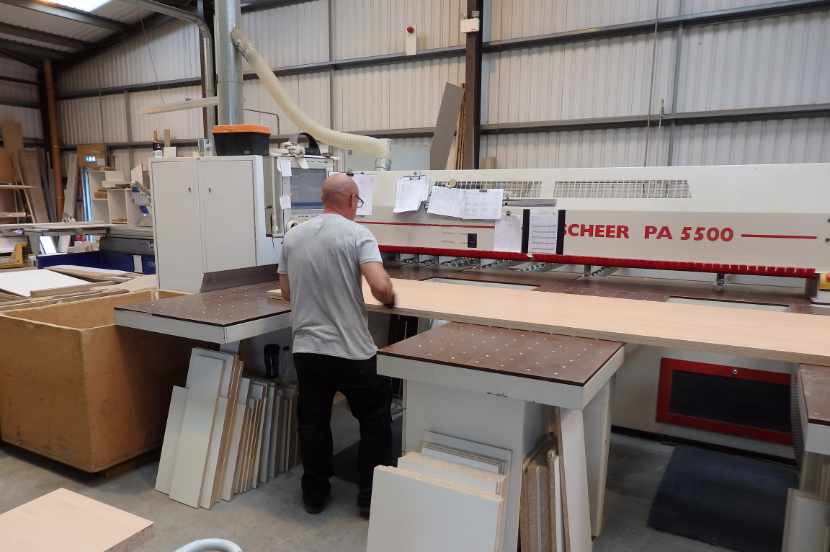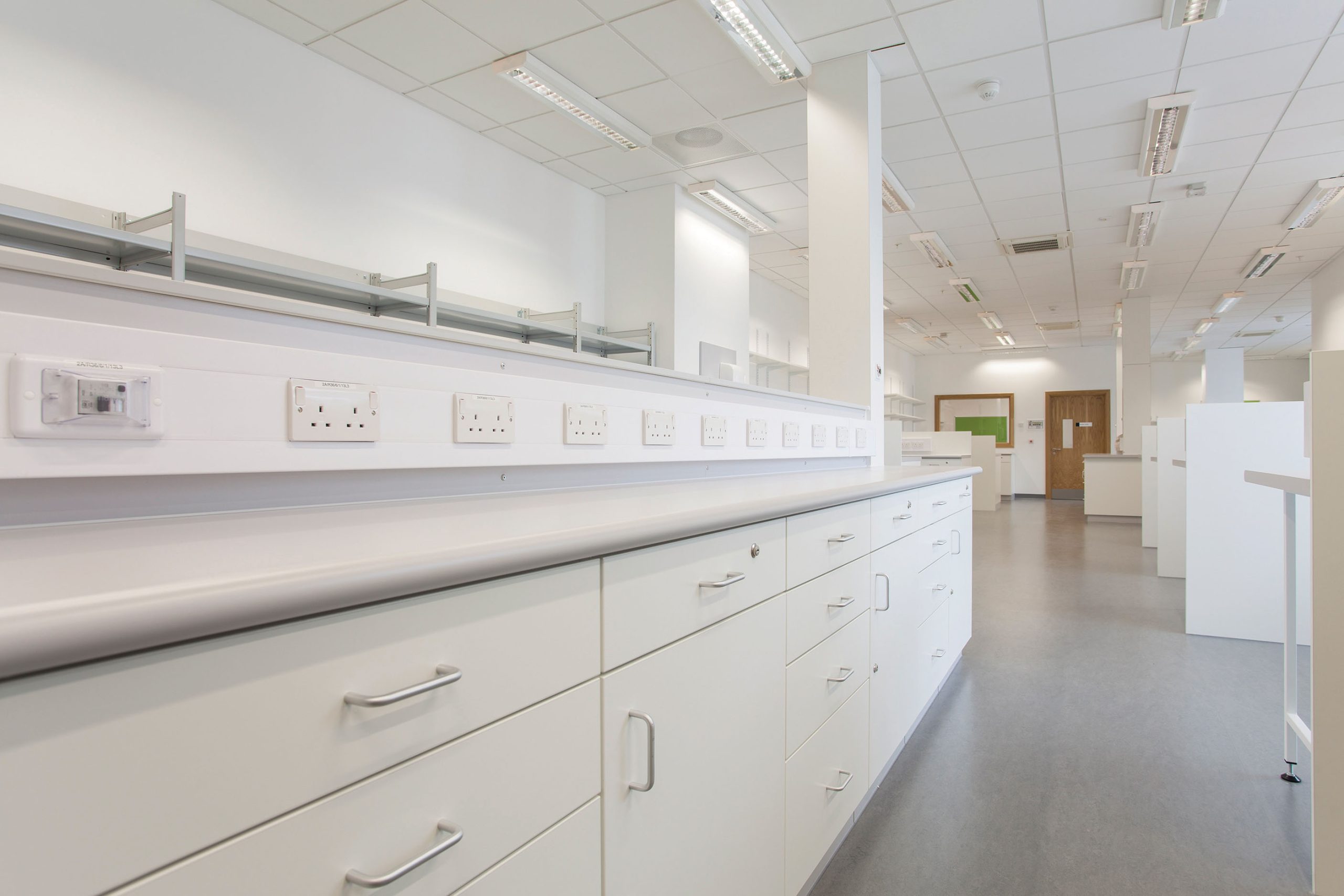You are probably talking about storage units, but we know what you mean. It’s a…

What manufacturing techniques are desirable for healthcare furniture?
When securing furniture for a new hospital, doctors’ clinic or another healthcare facility, we can all agree that quality matters. The materials are paramount – reaching HTM 63 & 71 standard – for ensuring spaces are kept clear of contamination and infections. But, it’s more than just materials that make heavy-duty healthcare furniture. How furniture is manufactured makes a huge difference in its reliability and longevity. Over 30+ years, DBFS have honed the art of furniture manufacturing. We like to do things a little different to guarantee far superior results. We discuss what manufacturing techniques are desirable if you’re choosing a healthcare furniture provider.
Glued and dowelled units
Units made at DBFS are glued and dowelled together. The holes are drilled, and a “woodpecker” device fits the dowels into the holes and glues them securely in. Then, when the unit goes into the carcass press, it gets clamped together and perfectly squared up, so the dowels are tight in the holes.
Many cheaper companies would simply screw the unit together or use CAM fixings. The result of that technique, however, is a much weaker structure—the more mechanical fixings, such as screws, the more potential points of failure you have. Screws also require larger holes to be drilled. Larger holes reduce the strength of the unit. Moreover, once screws are in place, there is no way to square up the unit to ensure it is perfectly straight and tight.
The above is seen more often by manufacturers outside of the healthcare industry. Kitchen furniture manufacturers, for example, don’t need to meet the same high standards. For this reason, that furniture tends to be cheaper, which is attractive to budget-savvy buyers. But cheap furniture that’s not made for healthcare is not going to meet the needs of healthcare facilities. Unfortunately, many buyers aren’t aware of these differences and don’t realise the quality implications before the money has been spent and the furniture soon has to be replaced.
Grooves to strengthen connections
One of the many techniques that help us stand out is the grooves we create in the unit sides. These grooves act as a stabiliser so that the back slots into the side panels and sit solidly.
In-house worktops
Watch: Our team prepares a worktop in the post-forming and hot press processes at our factory.
For more than 25 years, we have been making our own worktops in-house to control the manufacturing process to guarantee their quality meets the same standards as the other furniture pieces. To create the worktops, we have two post-forming machines which can bend the laminate to suit the various curved shapes that worktops and reception counters need.
Many competitors, even in the healthcare sector, buy worktops from a worktop manufacturer.
In-house everything
Strong manufacturing techniques, plus in-house manufacturing of all pieces, is how we can ensure that every piece of furniture is up to standard, heavy-duty, resilient and able to handle the environment of a healthcare facility. Particularly of late, the need for furniture that meets HTM 63 & 71 standard and is put through the test with disinfectants and close disease controls cannot be compromised.
In-house we boast a full production outfit, including the joinery and worktops departments and a full workshop piecing these elements together to move through to our warehouse team for shipping. With complete control of the process, we are able to move faster, with greater quality and no bottlenecks that third-party reliance can create.
We get jobs done faster, without any compromise on the end result.
Manufacturing techniques – find out more
David Bailey Furniture Systems has been producing healthcare standard furniture since it began some 30 years ago. We are proud of the furniture we produce and the nimble way we are able to work, thanks to our efficient in-house staff.
Read case studies of healthcare facilities using our furniture or get in touch with us to discuss your healthcare furniture needs.








